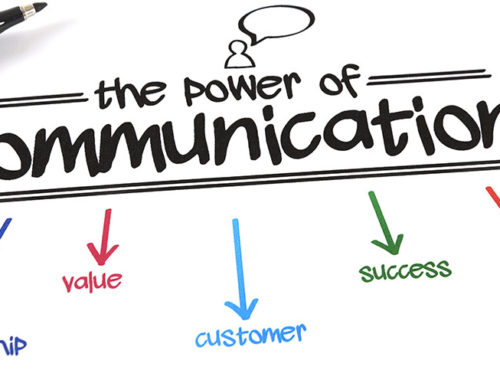According to Microsoft, the average human attention span has shrunk to less than that of a goldfish (8 seconds). How do we rise to the challenge of analyzing the sentiment of emojis and banner blindness on Facebook’s News Feed? Here are six ways to drive engagement in the mobile era.
Our tips to drive engagement:
-
1:1 Personalization
Personalized emails deliver up to six times higher transaction rates, but only 30% of brands use them. Dynamic content is still in its infancy and will only become more powerful. You can deliver personalized messaging and content based on location, weather, time of day, and more.
-
Create Relevant Content
It’s easy to conceptualize but difficult to execute well. With people clicking on banner ads less than half of a percent, we have to rethink our strategy and placement of content. Just because you move a banner ad to Facebook Newsfeed doesn’t mean it will perform any better. A good rule of thumb is “if I weren’t employed by this company, would I enjoy this content?” If the answer is no, you have problem.
-
Story telling
How we communicate is changing but what drives us has not. It’s been said that there are only seven different story plots that have ever been written. Your product or service exists to help the hero (your customer) with a problem. The challenge today is fitting your brands message into 180 characters, a single image or an emoji (Domino’s Pizza). So tell your story in a way that is concise and easily understood. Read more about storytelling in our whitepaper.
-
Know your audience
Choose the right medium to drive engagement with your customers. Just because *Exciting New App* is really big among Millennials right now doesn’t mean that it’s relevant to your marketing strategy. That also goes for using trending hashtags. Your new product might be #fleek but consider the lifespan of trendy words and how it may cheapen your brand in the long run.
-
Commit and Be Consistent
With cross-device engagement with your brand, you don’t know how a customer will ultimately decide to purchase. That’s why having a social presence is important. Many brands are afraid to take the first step because once you start you have to commit resources to social. Just like making your website mobile-responsive, you just have to do it. Once you start, don’t be discouraged if not everyone thinks your Facebook page is the greatest thing ever. It takes time to build traction. It may be helpful to create a Center of Excellence for your online presence. It will help your brand have a consistent image.
-
TEST!
Create multiple versions of an ad and see what performs better. Track your posts to make sure it will drive engagement you want. Decide what time of day/week works best for you (it could be way different than what you initially think).











Leave A Comment